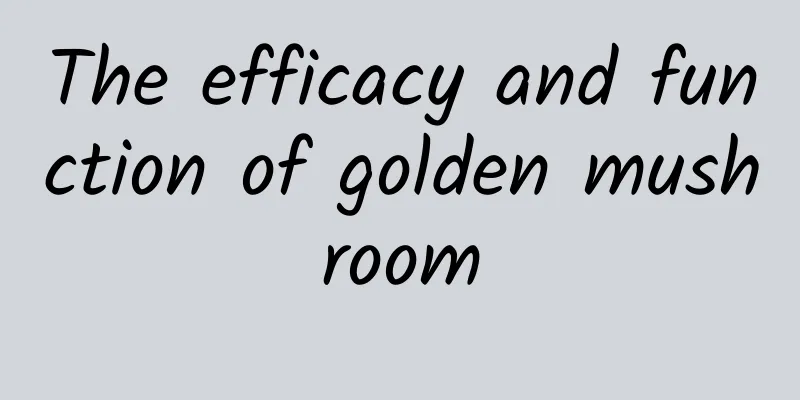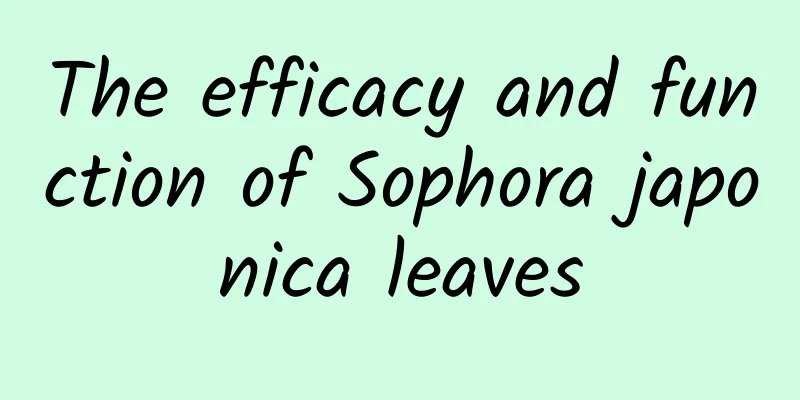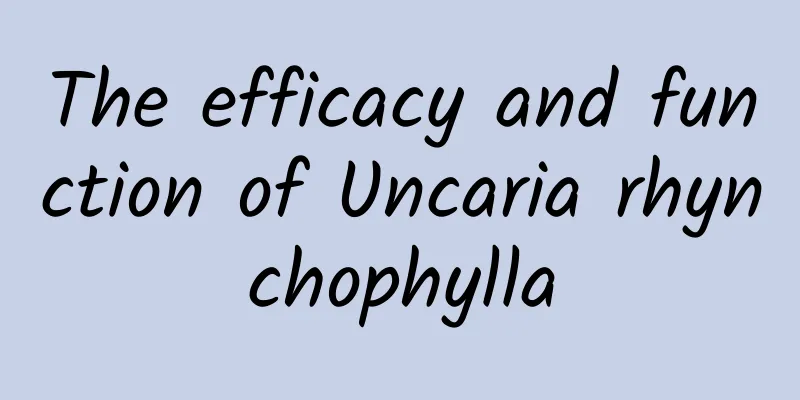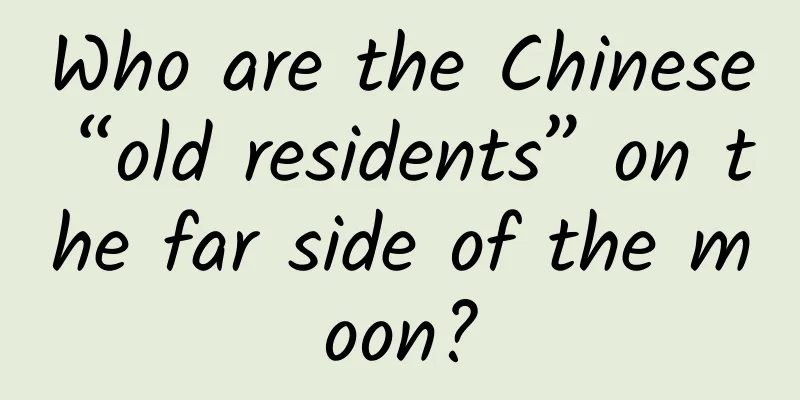Rush Side Effects
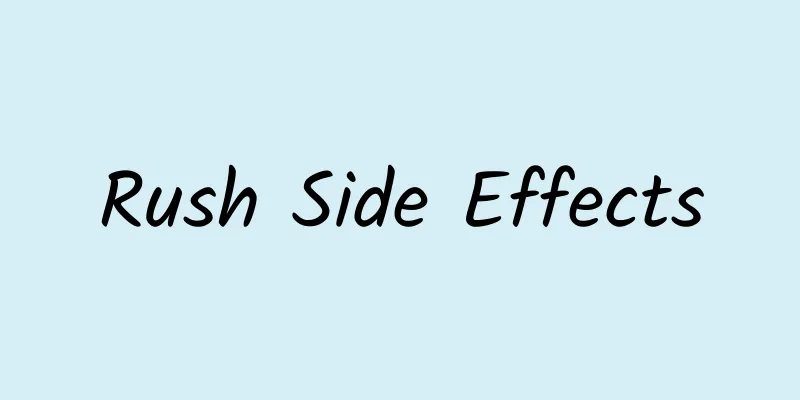
|
Mat grass (Schoenoplectustrigueter (L.) Palla), also known as stone grass, "mat grass", the novel name is rush (in ancient books, mat grass is called "Rush"), synonyms include "Kaibao Materia Medica", "tiger whisker grass", "emerald grass", "grass silk", "nodeless grass", etc. The cultivated straw mats are made from natural rush through long-term artificial cultivation. The stems of the straw mat are round and slender, uniform in size, straight in green color, with sparse walls and a fresh and rich fragrance. The fibers are long, elastic, and have good tensile strength. They are excellent natural green fibers and the main raw material for embroidery products. They can also be used for medicinal purposes and are called "green diamonds." Grass mat, also known as "rush", belongs to the Juncaceae family. It is larger and thicker than ordinary mat straw and is used for weaving mats. In October 1978, 13 grass mats were introduced into the suburban area and planted at the Louqun Gongshe Agricultural Science Station. The key technical points of straw mat planting are: pre-seedling in each section, reasonable density planting, secret fertilization, cutting the tip to promote growth, basic piling and fencing, appropriate field baking, pest prevention, appropriate harvesting and mud dyeing to fix color, etc. The eight boxes of lawn seeds introduced initially planted a total of 55 square meters of dry seedlings and 1.65 acres of water seedlings, with a survival rate of 60% to 70%. In the second year, most of them were used as breeding seedlings, and the largest main stem obtained reached 1.47 meters. In the autumn of 1979, 35.94 acres were planted at the Agricultural Science Station of Louqun Gongshe and Qunli Squadron. The yield per mu was over 750 kg in the second year, of which more than 40% were main stems over 1.2 meters long, and the largest reached 1.58 meters. In 1981, the average per-acre yield of 15.5 acres of straw mats at Loufeng Agricultural Science Station reached 833 kg. The Suzhou Arts and Crafts Grass Textile Factory was established in 1985 by introducing 13 mat weaving machines, jacquard machines, grass dyeing machines, etc. through compensation trade. It produces tatami mats, double-eye mats, large jacquard mats, children's mats, pillow mats and seat cloth balls, most of which are exported. Later, because Loufeng Cooperative mainly planted aquatic vegetables to supply vegetables and fruits to the market, it was difficult to expand the area of straw mats, and by 1986, there was very little planting.[2] Classification of grass mat organisms Family: Cyperaceae, Cyperus genus. Common name: MatRush, Matdu, Matgrass, Large Rush, Garden Rush, Triangle Grass Mat, Stone Grass, Salty Grass, Gracilaria, Blue Grass, Seven Island Rush, Juncus effusus, Triangle Onion, English name MatRush. Mat shape characteristics The grass stems are round and slender, uniform in size, with thin walls and sparse cores, moderate hardness and softness, long chemical fibers, good ductility, good tensile resistance, bright colors, and strong fragrance. It is one of the best pure natural green plant chemical fibers. |
<<: Effects and functions of Uncaria rhynchophylla
>>: The efficacy and function of Fenggucao
Recommend
The efficacy and function of stone swallow
Traditional Chinese medicine is very effective in...
How to take Chinese medicine to treat acne outbreaks?
Acne outbreaks are actually very disgusting for a...
Why do I feel more beautiful after taking a shower?
Reviewer of this article: Zhou Xiaobo, Doctor of ...
The efficacy and function of snake mullet
Modern medical research believes that snake mulle...
The efficacy and function of sheep muscle vine
Traditional Chinese medicine is very helpful in t...
The efficacy and function of half an umbrella
Traditional Chinese medicine is very effective in...
The efficacy and function of hemp lacquer
The medical value of cannabis lacquer is beyond o...
The efficacy and function of octopus
Recently, major TV channels have launched various...
The efficacy and function of Nanzhuzi
Since Chinese medicine has fewer side effects, mo...
Special: Mountains and rivers are wallpapers everywhere
All images in this article By 40 photographers Sh...
Can Astragalus be taken frequently?
Astragalus can be said to be a medicinal material...
What is the traditional Chinese medicine prescription for replenishing kidney yang deficiency?
Kidney deficiency is a very common phenomenon. Bo...
What nutrients does wolfberry have?
Lycium barbarum has always been loved by many fri...
Can the human brain really be connected to a machine? How far can brain-computer interfaces go?
Brain-computer interface, these four words are no...
Alibaba Financial Report: In Q3 2011, Alibaba's operating revenue was RMB 1.602 billion, a year-on-year increase of 10.6%.
On the afternoon of November 24, 2011, Alibaba.co...
